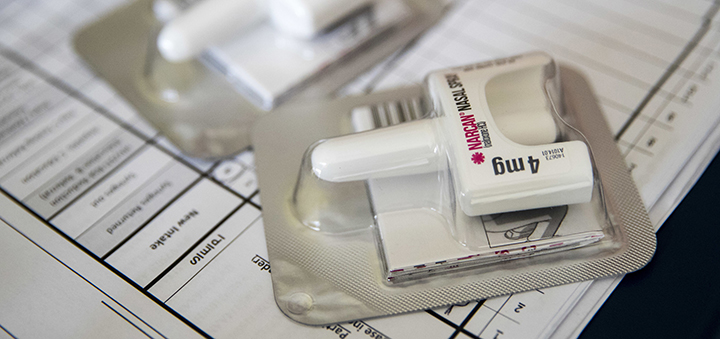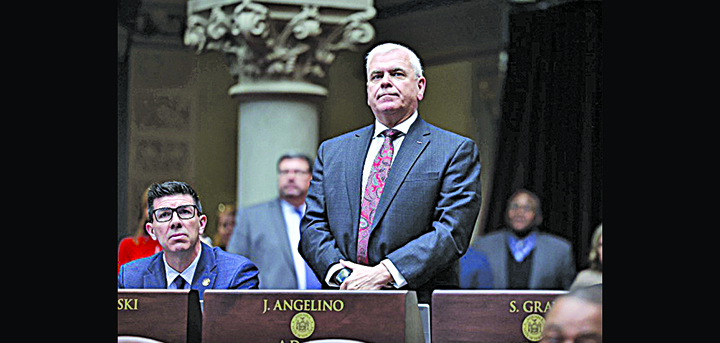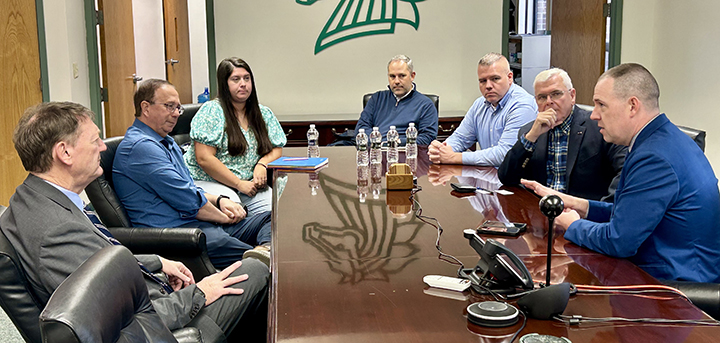Q&A: Feds tackle opioid epidemic, but is it helping?
WASHINGTON (AP) — President Donald Trump has declared the opioid epidemic a national public health emergency and urged prosecutors to seek the death penalty against drug dealers. Congress has provided targeted grants for treatment, recovery and prevention and made numerous policy changes to help people struggling with addiction get access to services. From the National Institutes of Health to Veterans Affairs and the Agriculture Department, government agencies are deploying their own specialized skills. Still, the addiction crisis will not easily release its grip on the nation, even as progress is made providing resources and improving coordination.
Here's a look at the extent of the epidemic, and what the federal government has been doing.
———
HOW MANY PEOPLE ARE DYING DUE TO OPIOID OVERDOSES?
Some 47,600 Americans died of opioid overdoses in 2017, according to federal numbers. That's more than die as a result of traffic crashes. Opioid deaths were 13 percent higher compared to 2016, up a notch in a 20-year onslaught. The street drug fentanyl — an extremely powerful opioid — is the top killer today, displacing heroin and pain pills. But prescription painkillers are still a problem, contributing to 14,495 deaths in 2017.
It's too early to say for sure, but experts are watching a potential indicator that opioid overdose deaths may be peaking. Month-to-month data reported to the Centers for Disease Control and Prevention have shown a leveling off in deaths, said Bob Anderson, a CDC senior statistician. However, those numbers are considered preliminary, because investigations have not been completed in all cases.








Comments